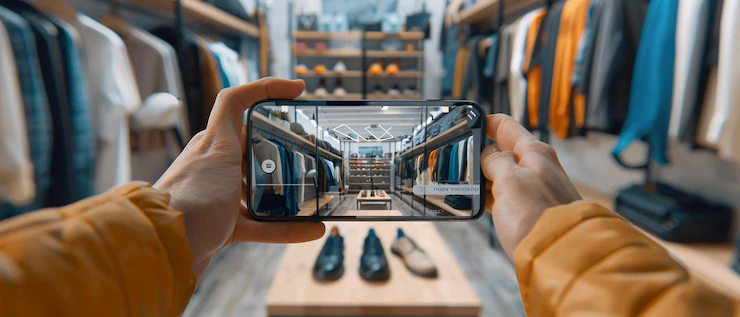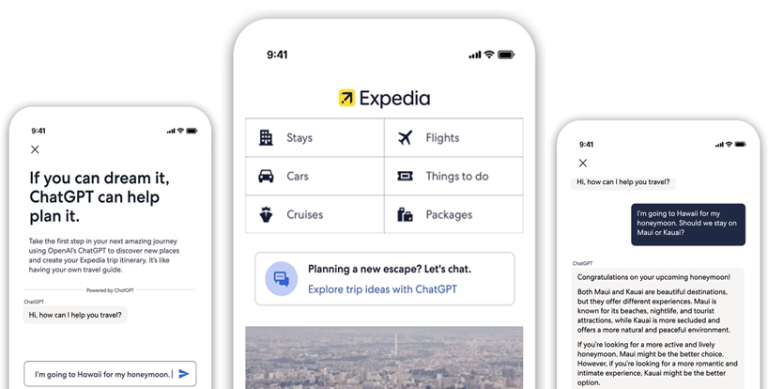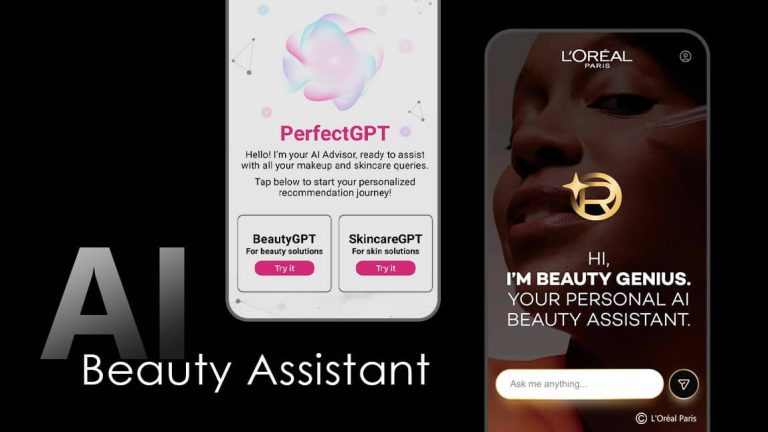The advent of generative AI in search engines is transforming how businesses approach their marketing strategies. As artificial intelligence becomes a cornerstone in enhancing search algorithms, marketers must adapt to stay ahead. Platforms are increasingly prioritizing AI-driven visual content creation and AI-generated images for marketing to improve user engagement and boost search rankings. To understand how to adapt your marketing strategy, let’s explore the impact of AI on search and learn effective strategies to remain visible in AI-driven search results.
How Generative AI Is Reshaping Search Algorithms
Generative AI technologies are reshaping search algorithms by understanding and predicting user behavior more accurately. Unlike traditional search algorithms, generative AI utilizes machine learning to analyze vast amounts of data, identifying patterns and making recommendations based on user intent. This shift ensures that search results are more personalized and relevant to individual users.
For instance, AI-powered content tools like those offered by revolutionary marketing platforms can automate tasks such as keyword optimization and content creation. This allows businesses to generate more compelling, data-driven content tailored to their audience. By leveraging artificial intelligence in advertising creatives, marketers can create engaging visuals that resonate with users, thus achieving higher search rankings and driving more traffic to their websites.
The Importance of Personality-Driven Content
One key aspect of adapting to generative AI in search is the creation of personality-driven content. Generic content is less likely to appear in search results as AI algorithms become more sophisticated. Instead, content that reflects a unique brand voice and connects emotionally with the audience has a higher likelihood of being favored by AI.
AI tools for visual storytelling, for example, enable marketers to create personalized visuals with AI that showcase their brand’s personality. Through AI-enhanced content production, businesses can generate creative visuals using AI technology that not only attract attention but also engage users on a deeper level. By crafting content that tells a story and conveys a strong brand identity, businesses enhance their relevance and visibility in AI-driven search outcomes.
Strategies for Staying Visible in AI-Driven Search Results
Embrace AI-Powered Content Tools
Adopting AI-powered content tools is essential for maintaining competitiveness in an AI-driven environment. These tools provide data-driven insights, which are invaluable for creating hyper-personalized journeys for users. By leveraging machine learning in visual content creation, marketers can produce AI-generated infographics and AI-generated images, ensuring that their content stands out in search results.
Focus on Visual Content Marketing with AI
With the increasing importance of visual content, marketers should focus on visual content marketing with AI. Automated image and video generation tools can create high-quality visuals at scale. AI-based design software and automated video editing with AI are particularly beneficial for developing engaging and relevant content. These tools not only streamline the content creation process but also enhance the overall user experience, boosting search rankings.
Leverage AI in Social Media Content Creation
Social media is a crucial platform for reaching wider audiences and driving traffic to your website. AI tools for social media content creation enable marketers to produce AI-enhanced visuals quickly and efficiently. By incorporating AI innovations in visual content, businesses can maintain a consistent online presence and ensure that their content is optimized for search.
Utilize Augmented Reality in Marketing
Another strategy is to innovate your product presentations with augmented reality (AR) technology. AI and augmented reality in marketing provide immersive experiences that can significantly boost user engagement. Try before you buy—virtually is a concept that enhances confidence in online purchases and elevates the overall shopping experience. AR-driven content can be customized to align with user preferences, further enhancing search visibility.
Emphasize Natural Language Processing
Natural language is key to successful AI-driven search strategies. AI-driven technologies are continuously improving their ability to understand and generate human language. This means that content created with natural language processing (NLP) techniques is more likely to rank higher in search engines. By integrating NLP into your content strategy, you can optimize content for voice search, which is the future of search technology.
A leading platform in adapting to AI-driven search environments is known for its AI-driven capabilities. It offers integrated project management tools and provides comprehensive marketing strategy performance management in a single place. This platform differentiates itself by offering not just potential marketing activities, but actionable insights that help optimize marketing plans aligned to business goals. Such tools ensure that businesses stay competitive in the evolving landscape of search algorithms and marketing needs.
By adopting these strategies, marketers can better prepare for the future of AI in visual marketing and stay relevant in AI-driven search results. AI transforms marketing from reactive to proactive, ensuring that personalization at scale is now a reality, thanks to AI. With AI personalizing your AR journey, businesses can make a difference in their marketing efforts and drive innovation to create lasting impact. Think sustainably and elevate your brand by rethinking your strategy. AI in social media content creation and AI-generated infographics are just a few examples of how AI innovations in visual content are revolutionizing marketing. Let AI uncover the stories that resonate, transform raw content into compelling tales, and create community-driven stories with ease. By leveraging AI for smarter marketing, businesses can stay ahead of the curve and ensure their content remains visible in AI-driven search results.









